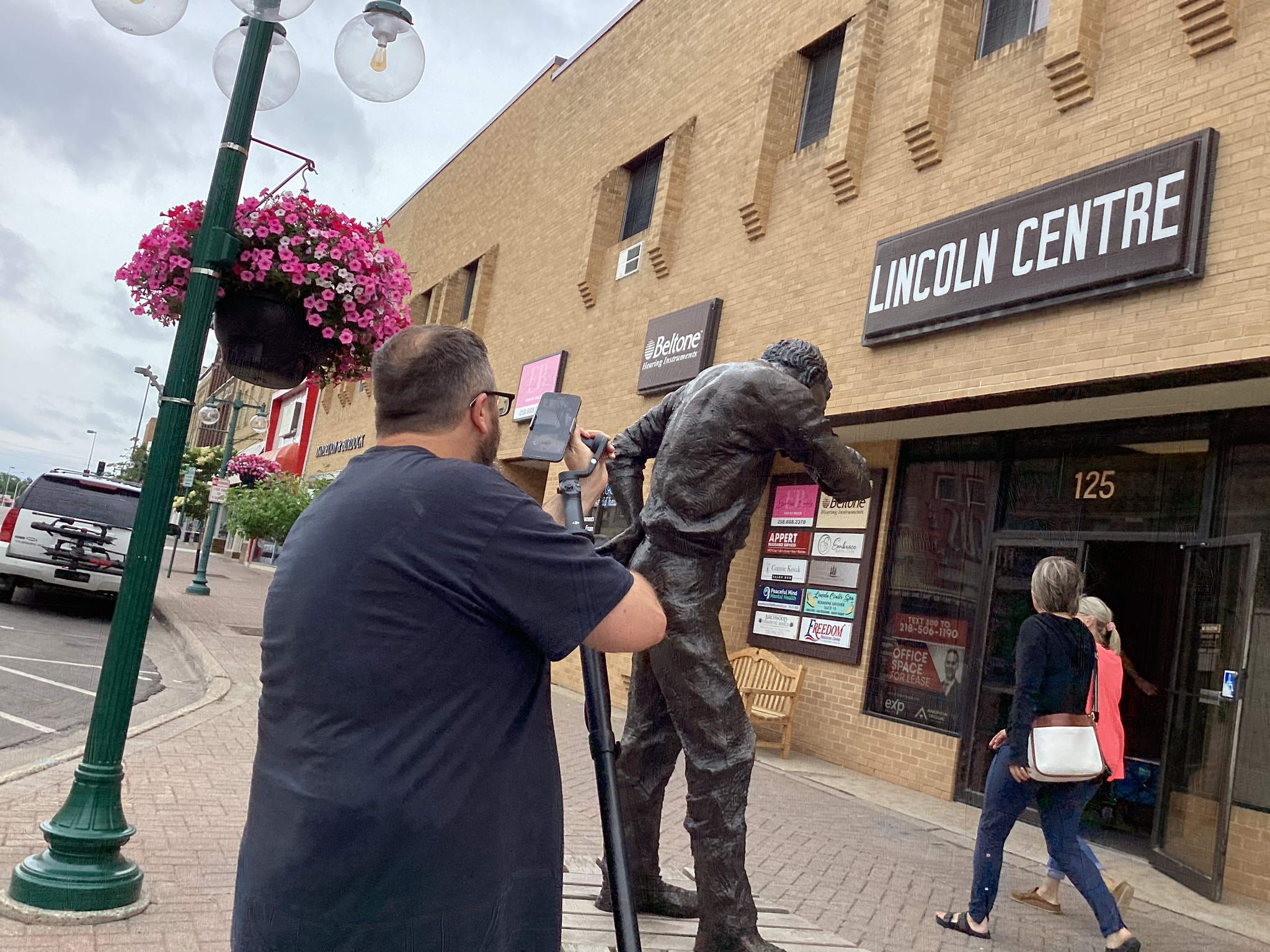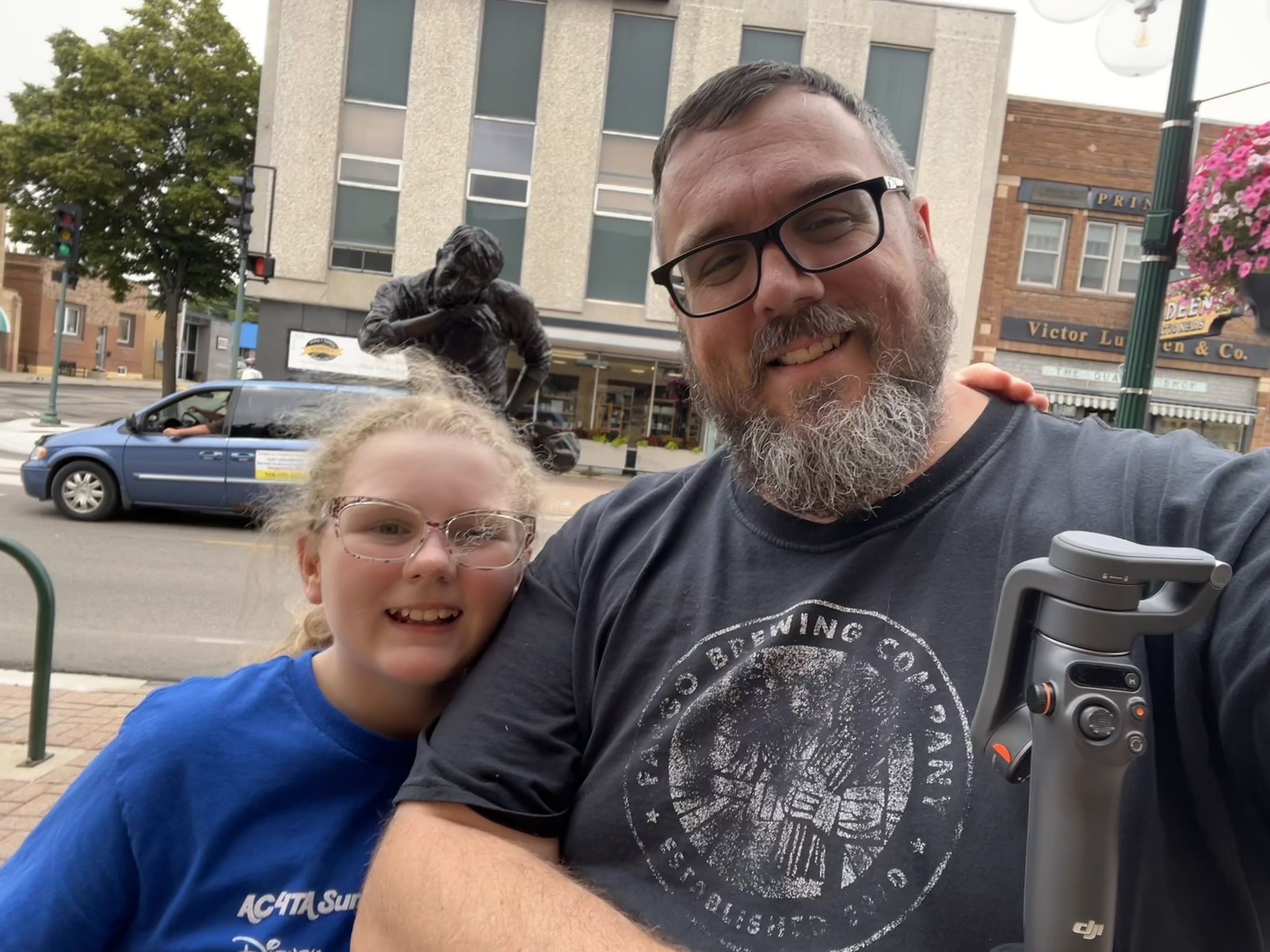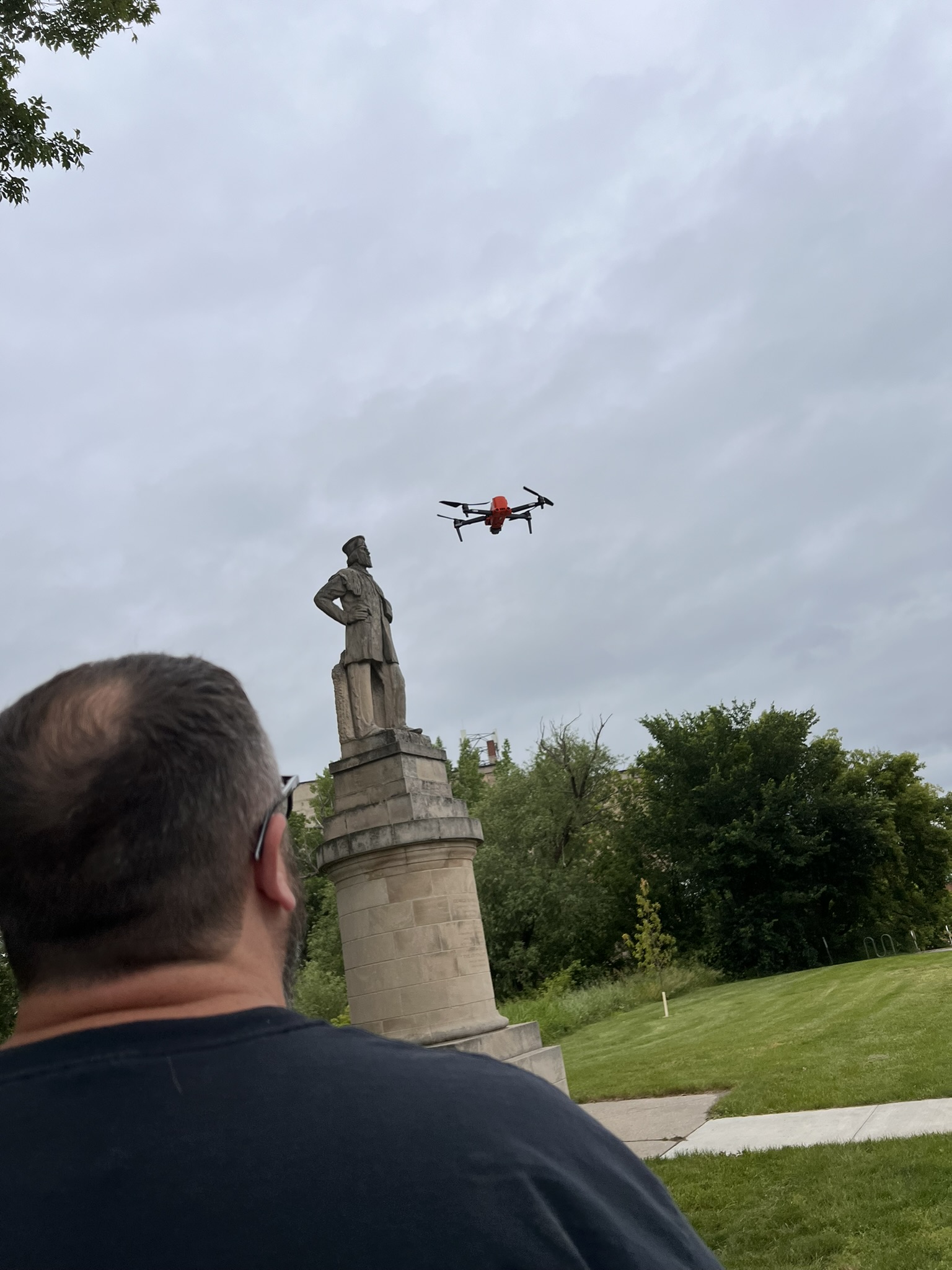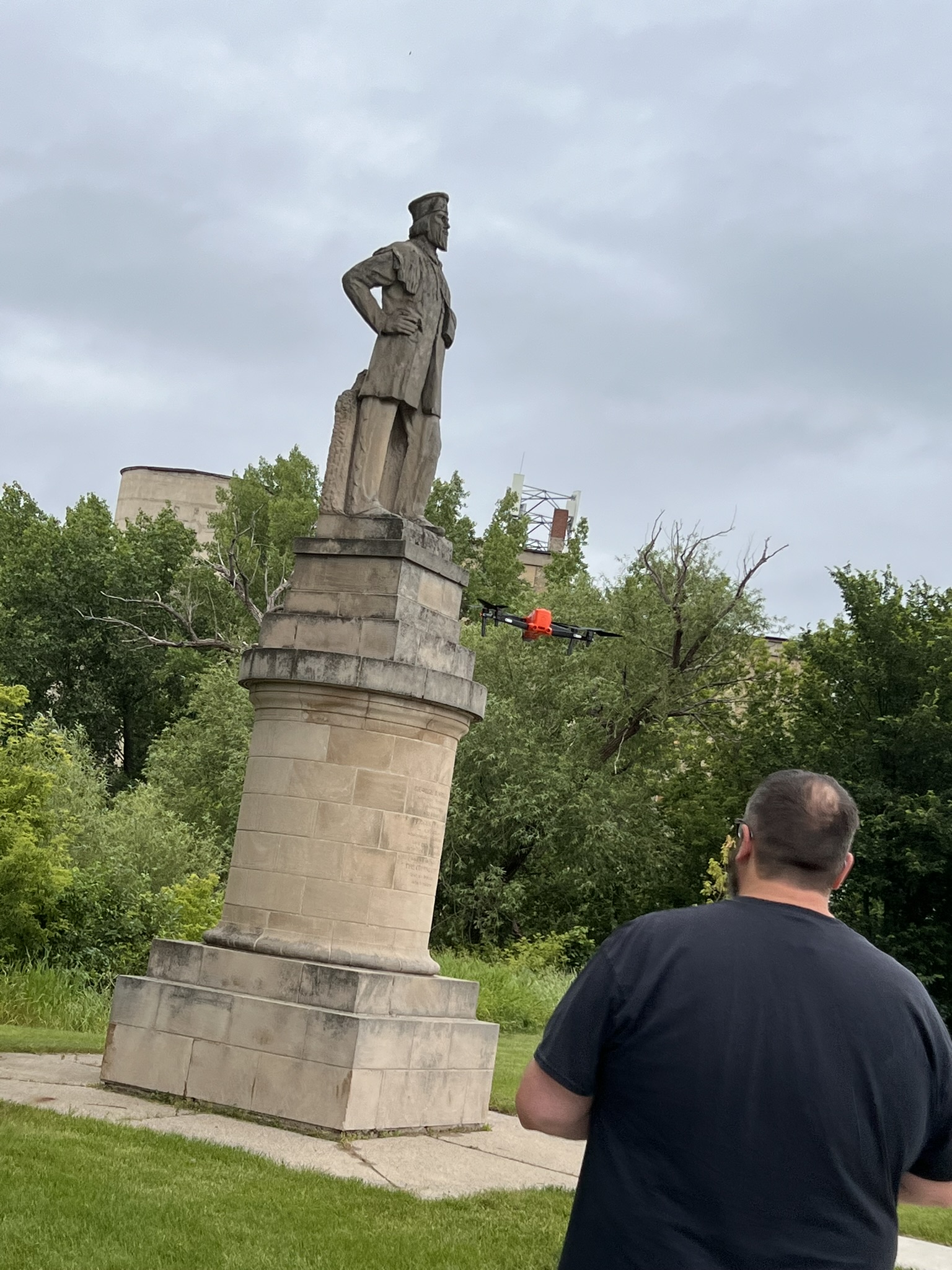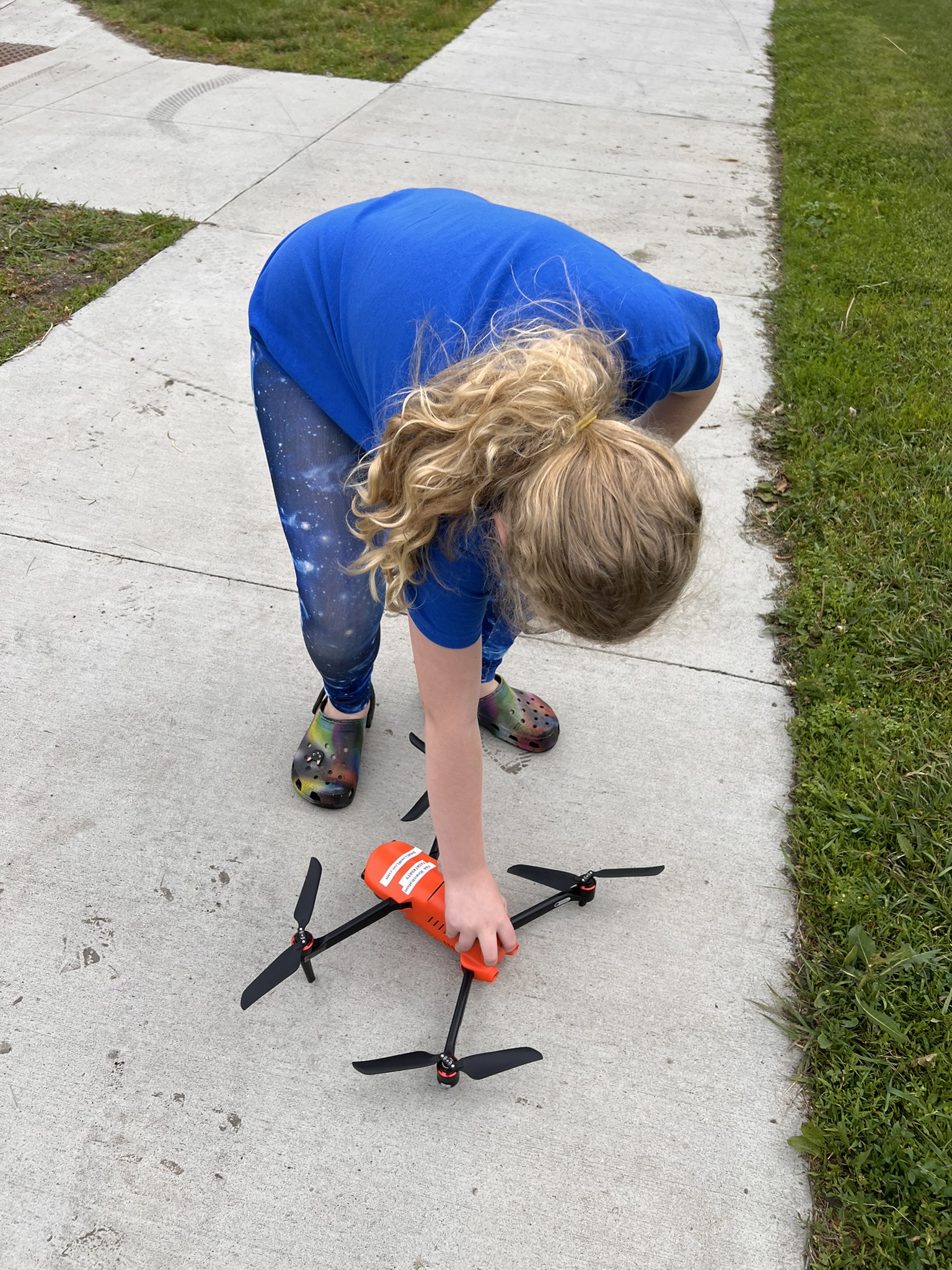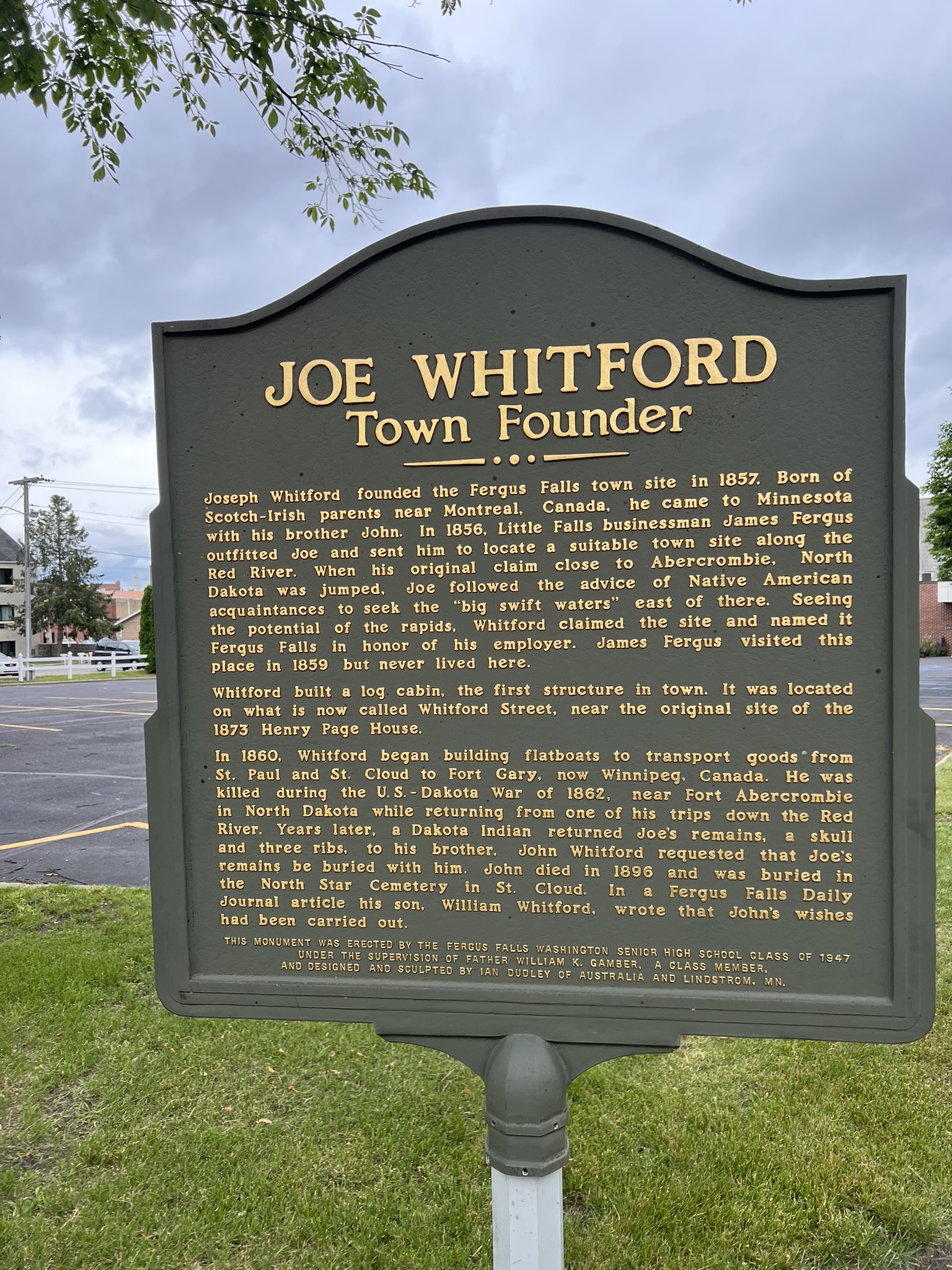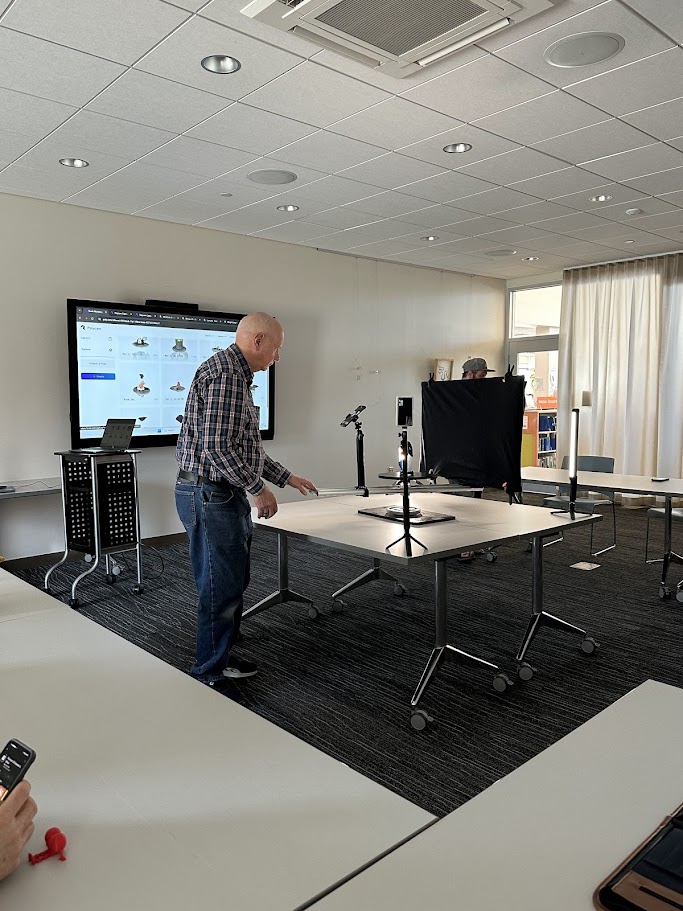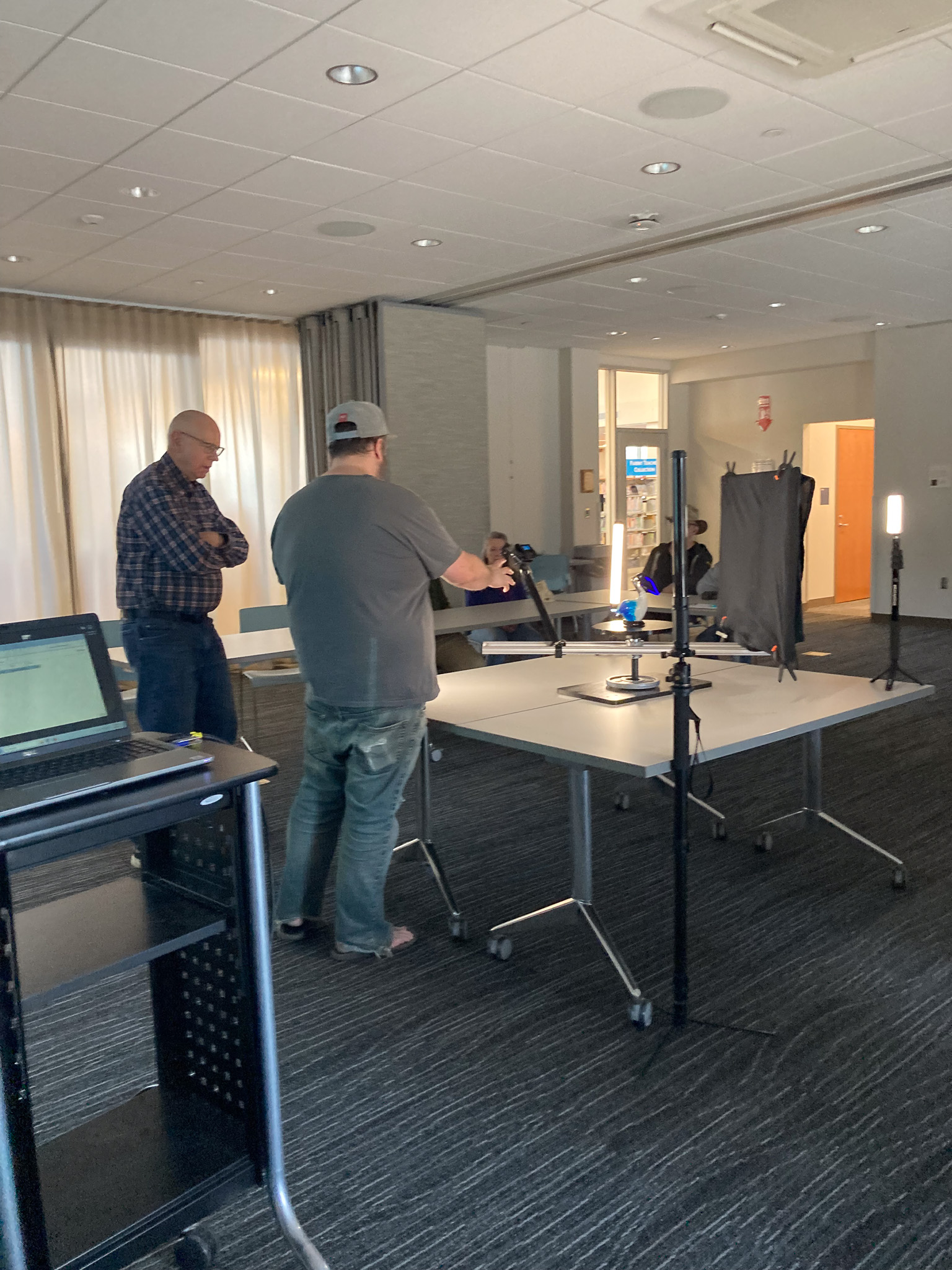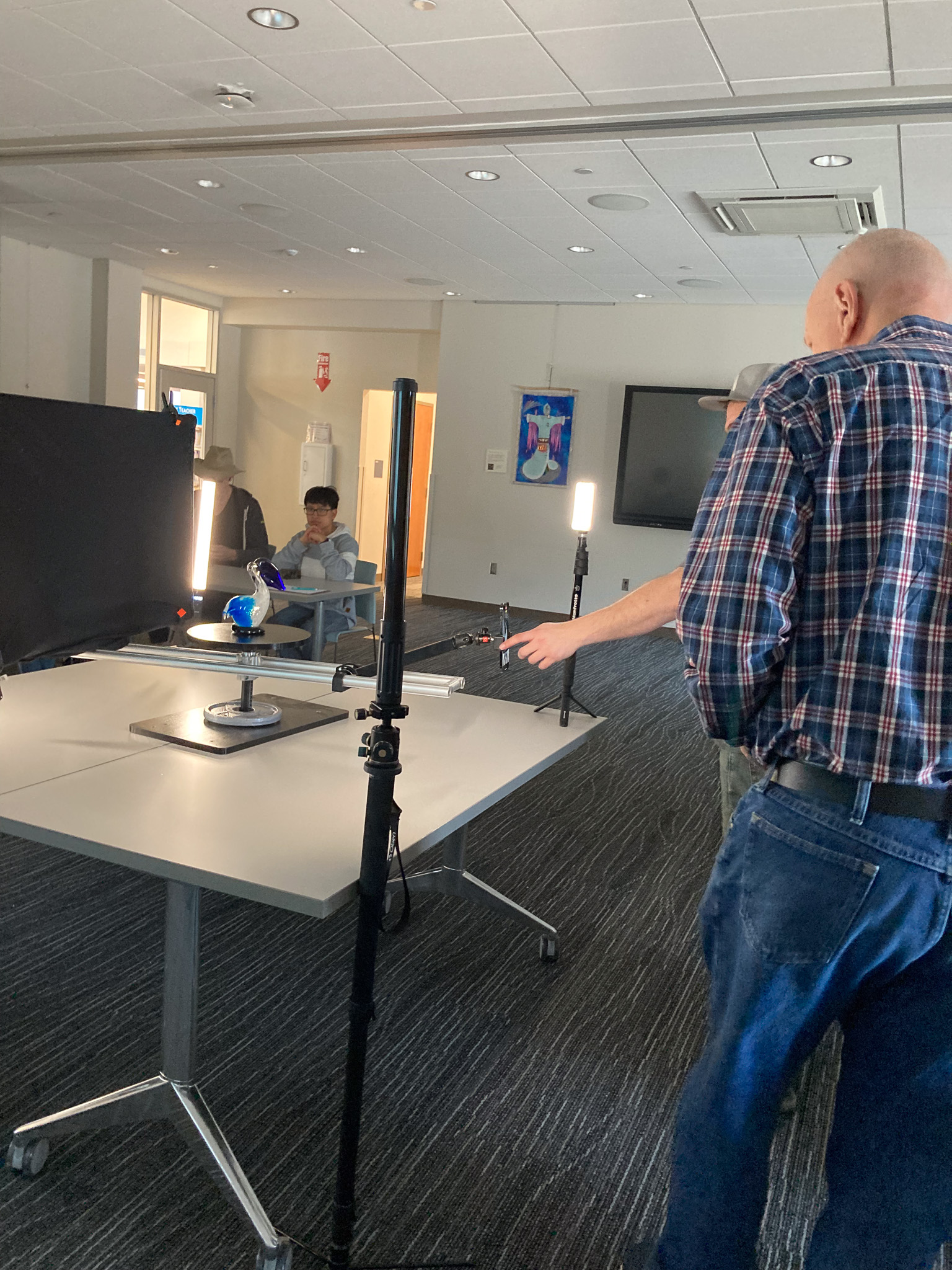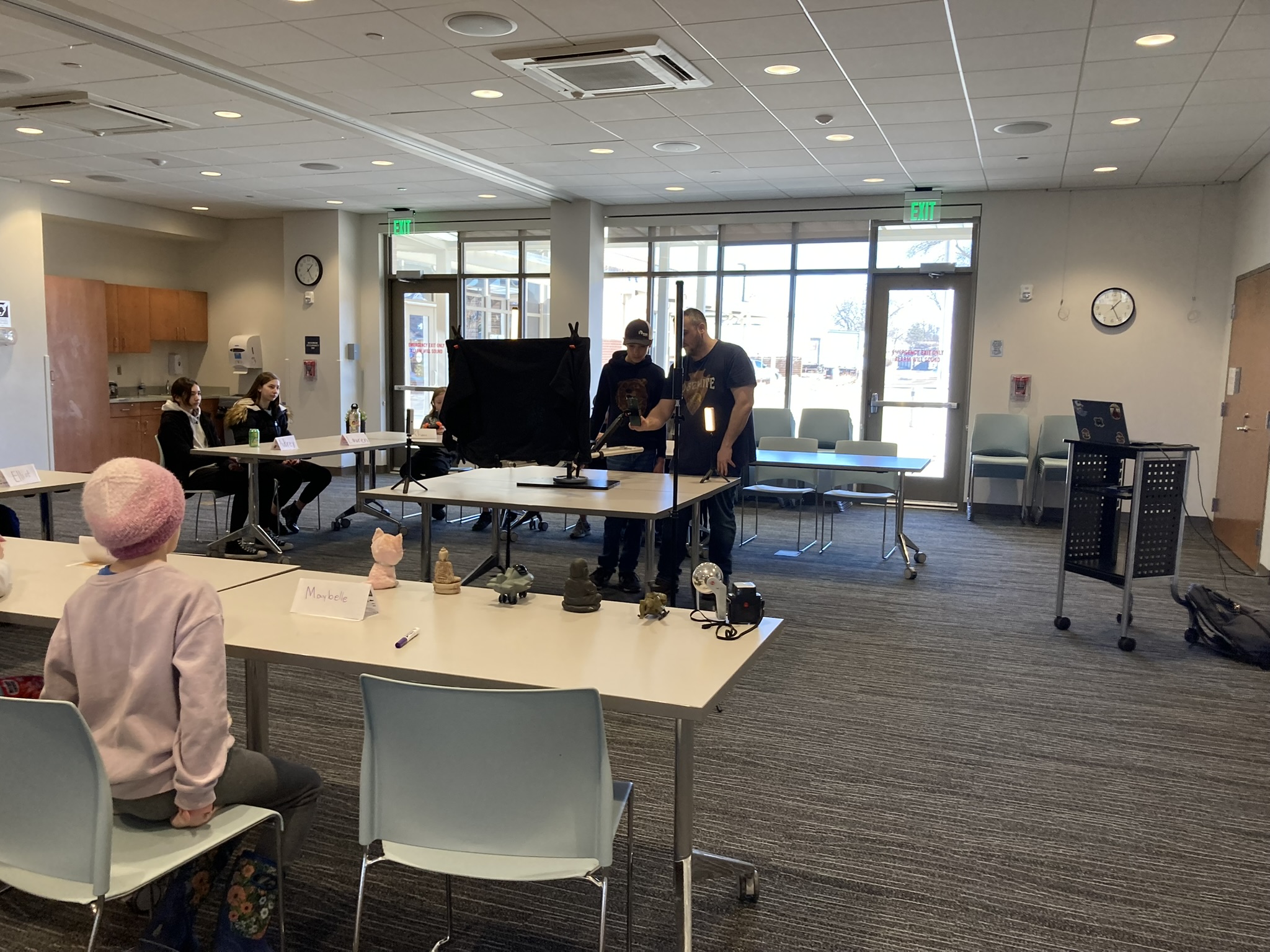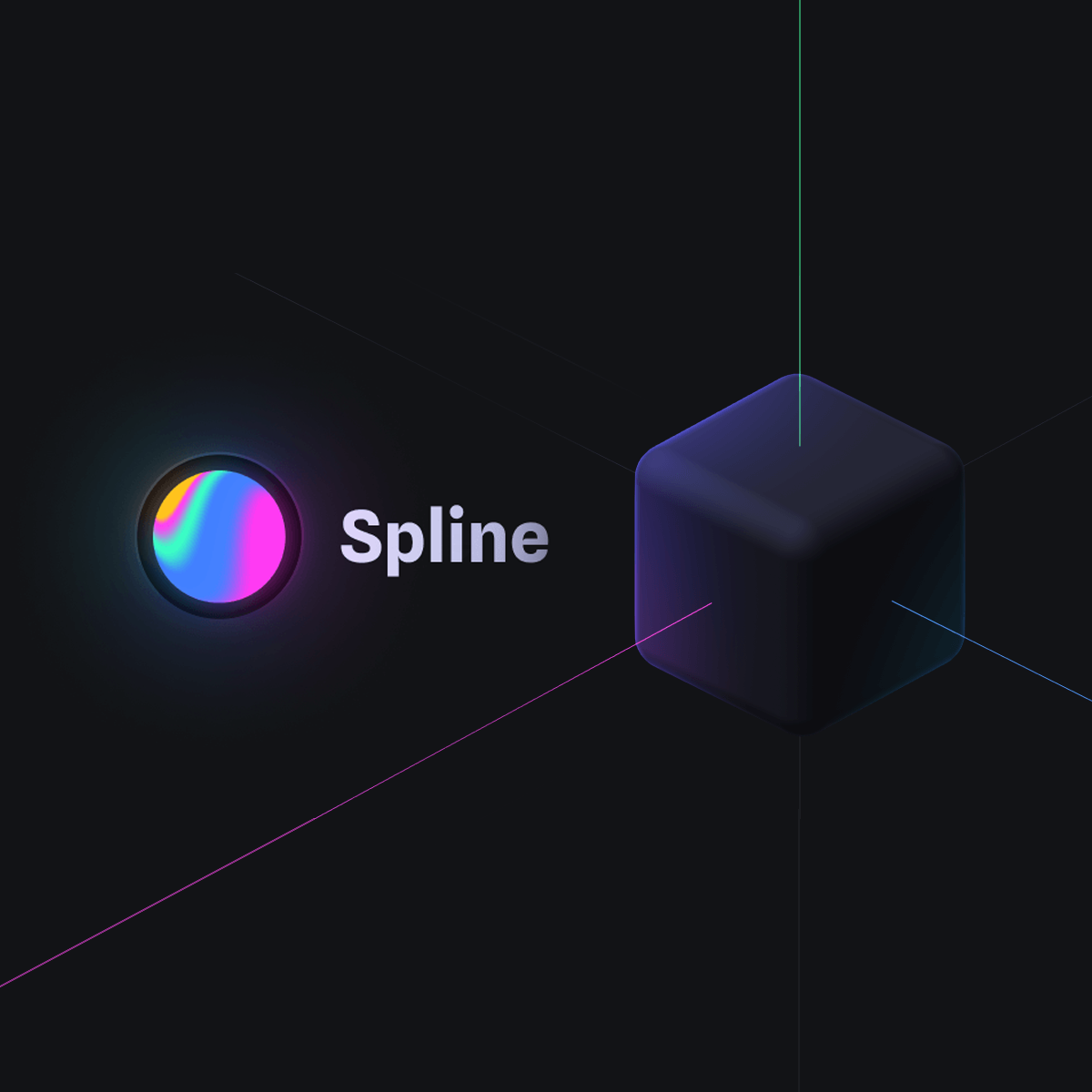Uncover
Our story of bringing local art to 3D
Armed with a mix of cameras, a gimbal, and plenty of curiosity, we set out to capture the statues just as they stand in our streets and parks. The process was part experiment and part adventure, circling monuments on overcast mornings, dodging onlookers, and even scanning with a drone. Each outing brought us a little closer to preserving these landmarks in a new digital form.
Capturing the Details
Armed with a mix of cameras, a gimbal, and plenty of curiosity, we set out to capture the statues just as they stand in our streets and parks. The process was part experiment and part adventure, circling monuments on overcast mornings, dodging onlookers, and even scanning with a drone. Each outing brought us a little closer to preserving these landmarks in a new digital form.
• We shot on cloudy mornings, which gave us ideal, even lighting.
• 12+ field sessions in total
• We aimed for 60–80% overlap between shots to ensure clean scans.
• A handheld gimbal kept our movement smooth while circling each statue.
• Using a drone, we captured high, low, and angled views to preserve every detail.
We ventured into the "field" to capture three local sculptures as digital scans.
Learning by Doing
We hosted two free workshops at the Fergus Falls Public Library, one in March and one in late April 2025, to show how accessible photoscanning can be when art meets technology. Participants began with a short introduction to photogrammetry, LiDAR, and Gaussian splats, then moved straight into hands-on scanning with portable lights and everyday objects. Together they captured more than 25 scans, including a historic relief detail that one participant later 3D-printed to help repair a building.
• 2 free workshops at the Fergus Falls Public Library in March and late April 2025
• 16 youth (7-17 years old) and 10 adults participated
• Sessions followed a simple flow: intro → live demo → hands-on practice → review
• The workshops highlighted how art and accessible tech can empower projects
• One participant scanned a historic relief and 3D-printed it for restoration work
During the spring of 2025, we hosted hands-on photogrammetry workshops.
From Scan to Screen
Bringing these scans to life took more than cameras. A handful of tools worked together to capture the statues in the field, process thousands of photos into lightweight 3D splats, and build the interactive exhibits that now live on the site.
Create Guassian Splats
Keep the Story Going
Lets see what we can build together.
There’s more to see across the exhibits and behind-the-scenes stories on this site. If you’re inspired to create a similar experience for your community or organization, we’d love to help bring that vision to life. You can also make a contribution to keep these exhibits online and support future projects.
Credits
This activity is made possible by the voters of Minnesota through grants from Lake Region Arts Council, thanks to a legislative appropriation from the Arts and Cultural Heritage fund.
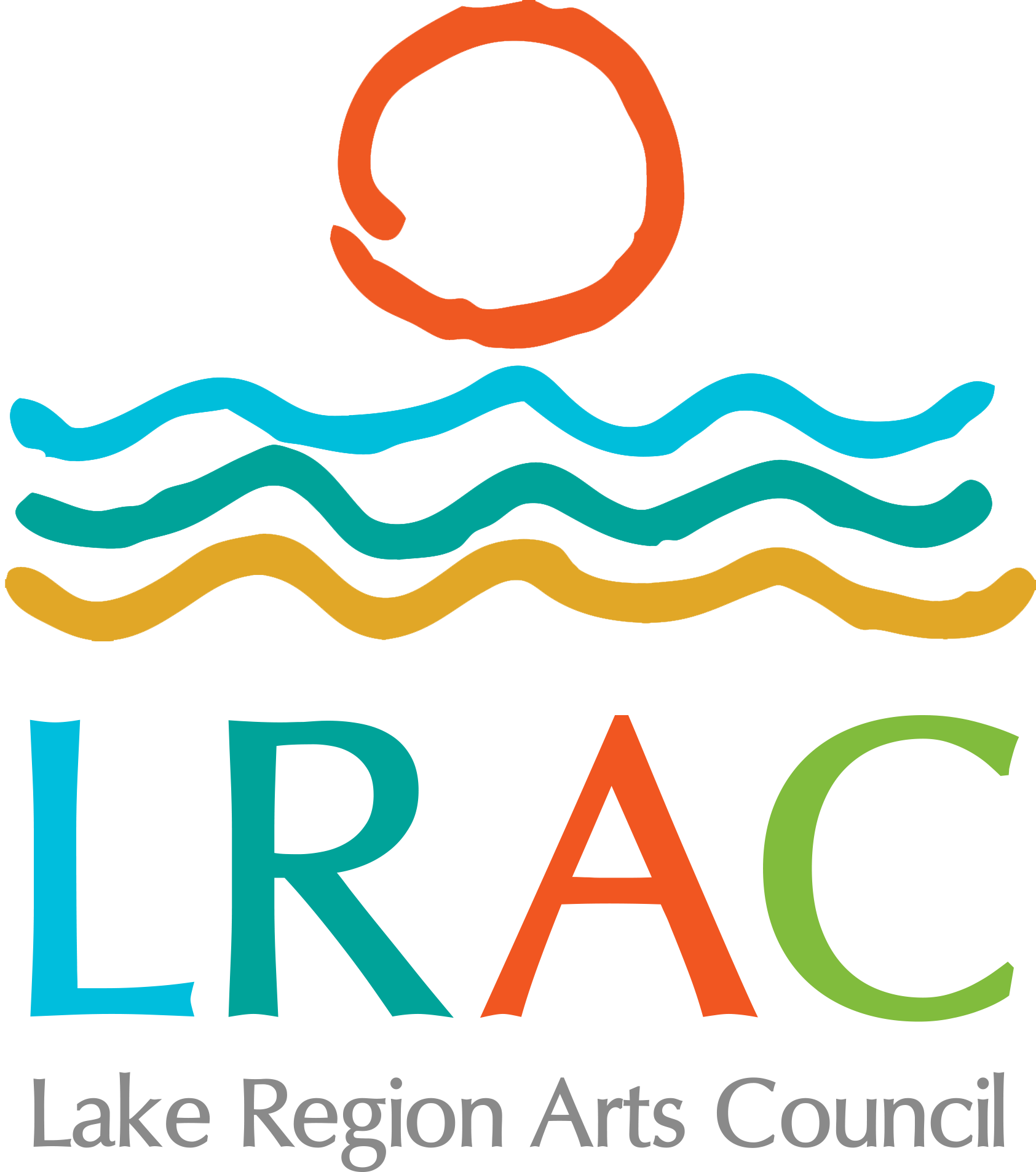
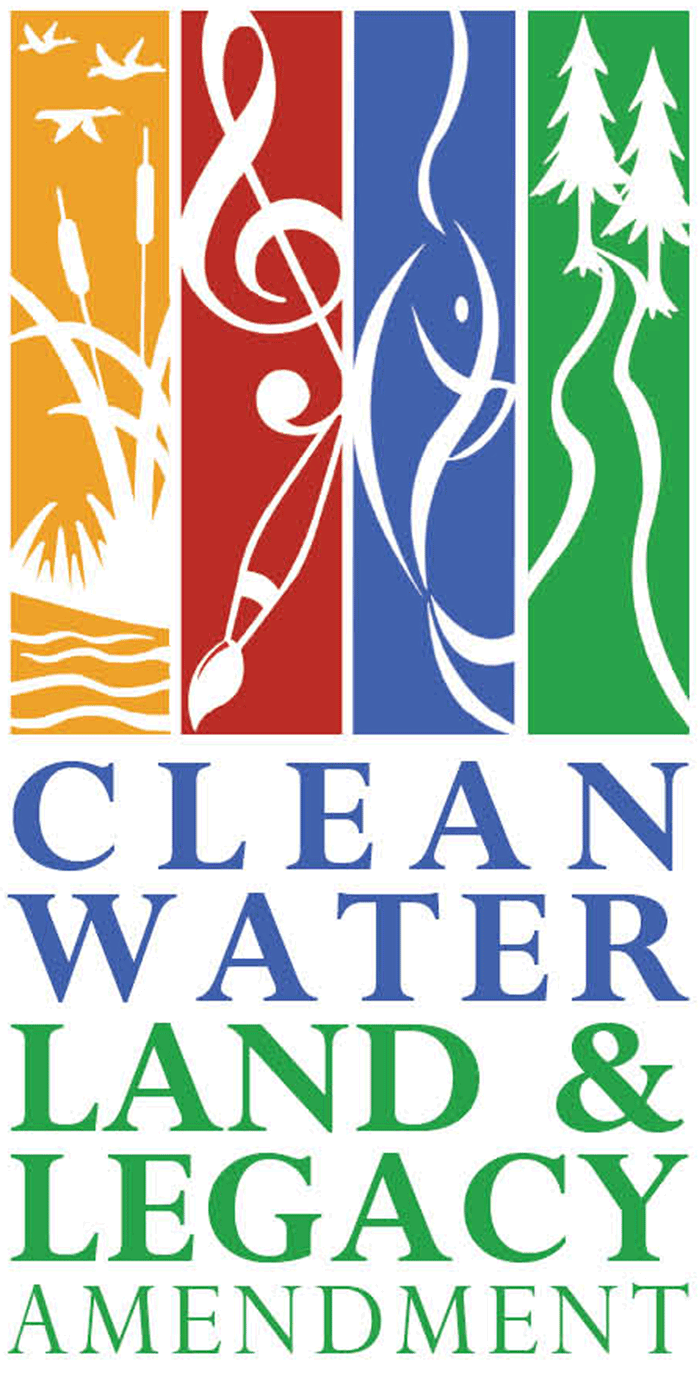
In 2008, Minnesota’s voters passed the Clean Water, Land and Legacy Amendment (Legacy Amendment) to the Minnesota Constitution to: protect drinking water sources; to protect, enhance, and restore wetlands, prairies, forests, and fish, game, and wildlife habitat; to preserve arts and cultural heritage; to support parks and trails; and to protect, enhance, and restore lakes, rivers, streams, and groundwater.The Legacy Amendment increases the state sales tax by three-eighths of one percent beginning on July 1, 2009 and continuing until 2034. The additional sales tax revenue is distributed into four funds as follows: 33 percent to the clean water fund; 33 percent to the outdoor heritage fund; 19.75 percent to the arts and cultural heritage fund; and 14.25 percent to the parks and trails fund.
